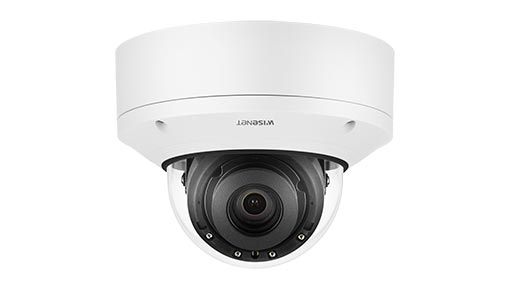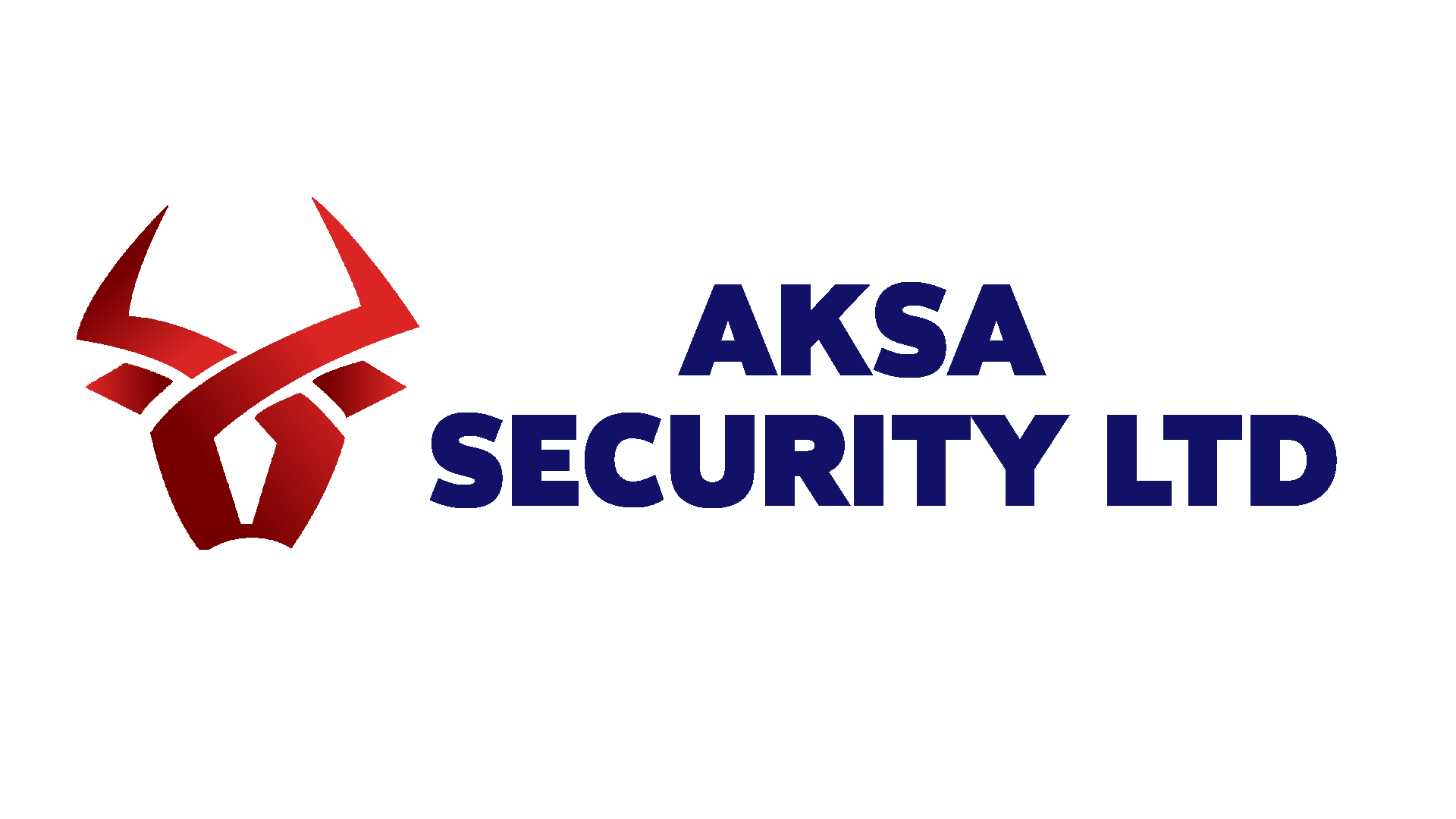CCTV SURVEILLANCE
Get more than alarm – get peace of mind.
07881 457719
How CCTV works
CCTV (Closed-Circuit Television) surveillance is a widely used tool for enhancing security in a variety of locations, from homes and businesses to public spaces. CCTV surveillance systems allow the recording of images and sound within defined areas, facilitating real-time monitoring and data archiving. In this article, we will look at how a CCTV surveillance system works.
Surveillance cameras installation Nottingham
Surveillance cameras ?
Image processing ?
CCTV cameras record images of their surroundings and transmit them to an image processing system. This system analyses the images and performs tasks such as motion detection, object or person recognition, zooming and focusing. Image processing plays a vital role in extracting valuable information from the recorded data.
Data storage and archiving ?
Monitoring and playback
Monitoring, Footage, Playback?
Networking and remote access

IP cameras and the bottom line

CCTV surveillance systems are extremely valuable tools for improving security and surveillance in a variety of locations. They work by collecting images and sound from cameras, processing the data, storing it, enabling live monitoring and providing remote access to the data. As technology continues to advance, CCTV surveillance systems are becoming more sophisticated and effective. It is worth investing in this technology to increase security in various aspects of life.
What is its mechanism? The main lock contains bolts (also called pins) that can be extended in 3 directions. Their number affects safety, but also the price, because the more of them, the more difficult it is to force the door. The minimum number is 4, and the best models have up to 14 bolts. The lock, like the hinges, should have an addition on the outside
Free no obligatory quote and measurement’s available in Derby, Nottingham, Burton, and Stoke on Trent area.
